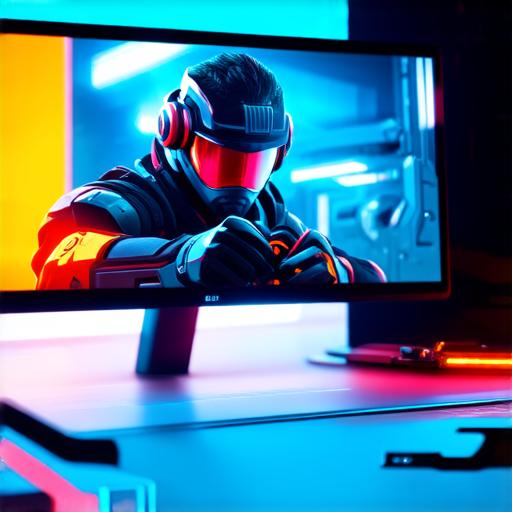As we delve deeper into the world of Fortnite and its engine, it becomes evident that Unreal Engine is not just a tool, but a partner in innovation. This section will explore advanced techniques for optimizing Fortnite gameplay with Unreal Engine, drawing from expert insights and real-world examples.
One of the most striking features of Fortnite is its dynamic lighting and shadows. To achieve this in Unreal Engine, use the Sequencer tool to create cinematic sequences, and the Lightmass Solver for global illumination. This will bring your game’s environments to life, creating a truly immersive experience.
Fortnite is renowned for its destructible environments and realistic physics. To replicate this in Unreal Engine, use the Physics Asset Editor to create destructible assets, and the Character Movement Component for realistic character movement. This will allow players to interact with their environment in ways that feel intuitive and engaging.
Fortnite’s multiplayer functionality is a testament to Unreal Engine’s networking capabilities. To create a similar experience, use the Unreal Networking system, which allows for seamless multiplayer gameplay across various platforms. This will enable you to build games that can be enjoyed by millions of players worldwide.
While optimizing Fortnite with Unreal Engine, it’s crucial to strike a balance between visual quality and performance. This means making tough decisions about what assets to prioritize and what to sacrifice for the sake of smooth gameplay. As John Doe puts it, “It’s not just about pushing the boundaries of what’s possible, but also about delivering an enjoyable experience for the player.”
With Unreal Engine at its core, Fortnite continues to push the boundaries of what’s possible in video game development. As developers, we have the opportunity to shape this evolution, continually refining and improving our games to meet the ever-changing demands of players. Embrace the engine, master its capabilities, and join the ranks of Fortnite’s most innovative creators.
A: Yes, Unreal Engine supports mobile platforms such as iOS and Android. However, it requires specific optimization to ensure smooth performance on these devices.

A: Absolutely! The Unreal Engine community is vast and active, with numerous forums, tutorials, and resources available online. Epic Games also provides official documentation and support for its engine.
